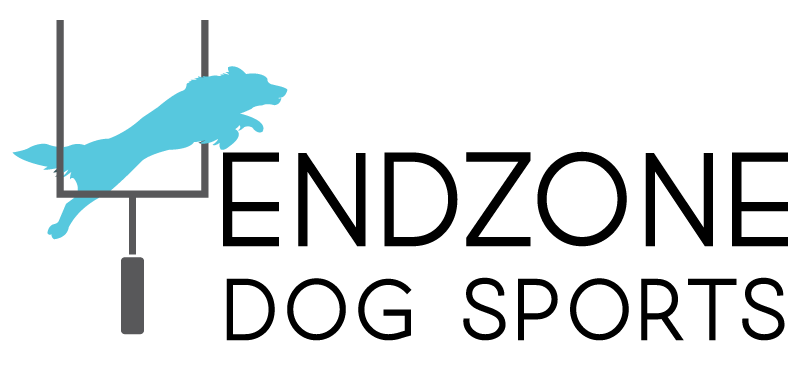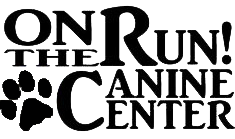
Are you trying to decide whether your current or next dog should have running or stopped contacts? How do you decide which performance is best for you and your dog? What makes one contact performance preferable over the other?
Since there are three very different contact obstacles, you might decide to train a stopped contact performance on one or two contacts and train a running performance for the other (two). For example, many agility competitors train a stopped end position for the teeter and dogwalk but train a running Aframe. And others will train a stopped teeter and a running Aframe and dogwalk.
Here are some general arguments for running contacts.
- Once the skill is trained, there is minimal maintenance involved. However, there might be occasional turns or next obstacle performance as sequence training gets more involved.
- The handling remains the same – from training, classes, and local trials to national events. So there is usually no degradation after a national event when strategies and handling can change.
- The overall performance of the contact obstacle will be faster than a stopped contact.
- It’s easier to teach a stopped contact performance later. Teaching a running contact performance is much more challenging after teaching a stopped contact performance.
- You are an experienced agility handler who wants to learn new handling and new skills.
- You can easily get ahead of your dog on all contacts. There might be less reason for a stopped performance. However, just because you can’t outrun your dog doesn’t mean you can’t teach running contacts.
Here are some general arguments for stopped contacts:
- You are a new agility handler. There are too many other skills to learn for the new competitor. The stopped contact performance eliminates complex handling and training challenges on the obstacle exit.
- It’s much easier to walk courses instead of obsessing about contact exits. That takes precious time away from figuring out the handling plan.
- Teaching stopped contacts takes less time to train for the majority of dogs. And they are much less complicated to teach the dog (and less frustrating for the trainer.)
- You won’t need regular access to contact equipment to teach stopped contacts. You will need regular access to contact equipment to teach running contacts.
- No new handling, training, or problem-solving is required. There is a huge learning curve in teaching, handling, and problem-solving for running contact performance.
- No need to train your eye to recognize good and poor hits. This skill is one of the most challenging parts for effectively reinforcing the correct running contacts behavior.
- You won’t require a special coach to help train and problem-solve running contacts. To teach running contacts for the first time, you will need an experienced instructor or coach that can help with progress.
Other considerations
Other reasons for or against stopped or running contacts are dog and handler dependent. This decision will depend on your goals with your dog. It will also depend on whether or not you have access to an instructor or coach that can help you with the education and learning curve needed to teach your dog running contacts.
Building and Maintaining a Stopped Contact Performance
Are you interested in learning more about teaching (or retraining) your dog a consistent stopped-contact performance? Do you want to learn how to maintain the performance of your dog’s stopped contacts for the entire career of your dog? Then, take a look at my upcoming FDSA class, Building and Maintaining Stopped Contacts, by clicking here:
https://www.fenzidogsportsacademy.com/index.php/courses/19563
I trained Lever’s stopped contact performance during the development of this class. As a result, his stopped contacts have remained consistent throughout his career (he just turned ten) without degradation – even after competing at National events.
Registration opens with FDSA on Wednesday, March 22nd, and the class starts on April 1st.
If you have questions, feel free to contact me.


Thank You 🙂